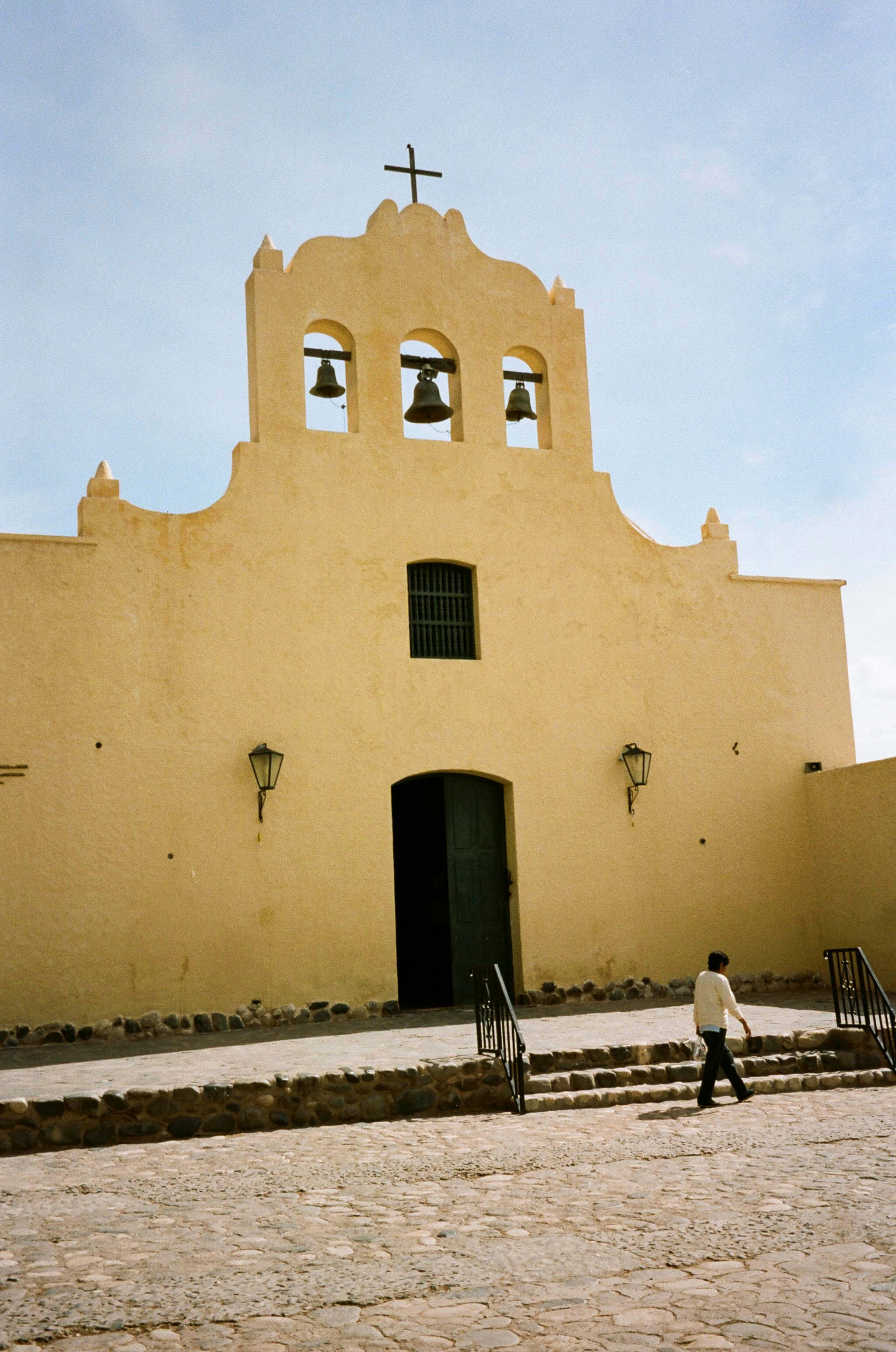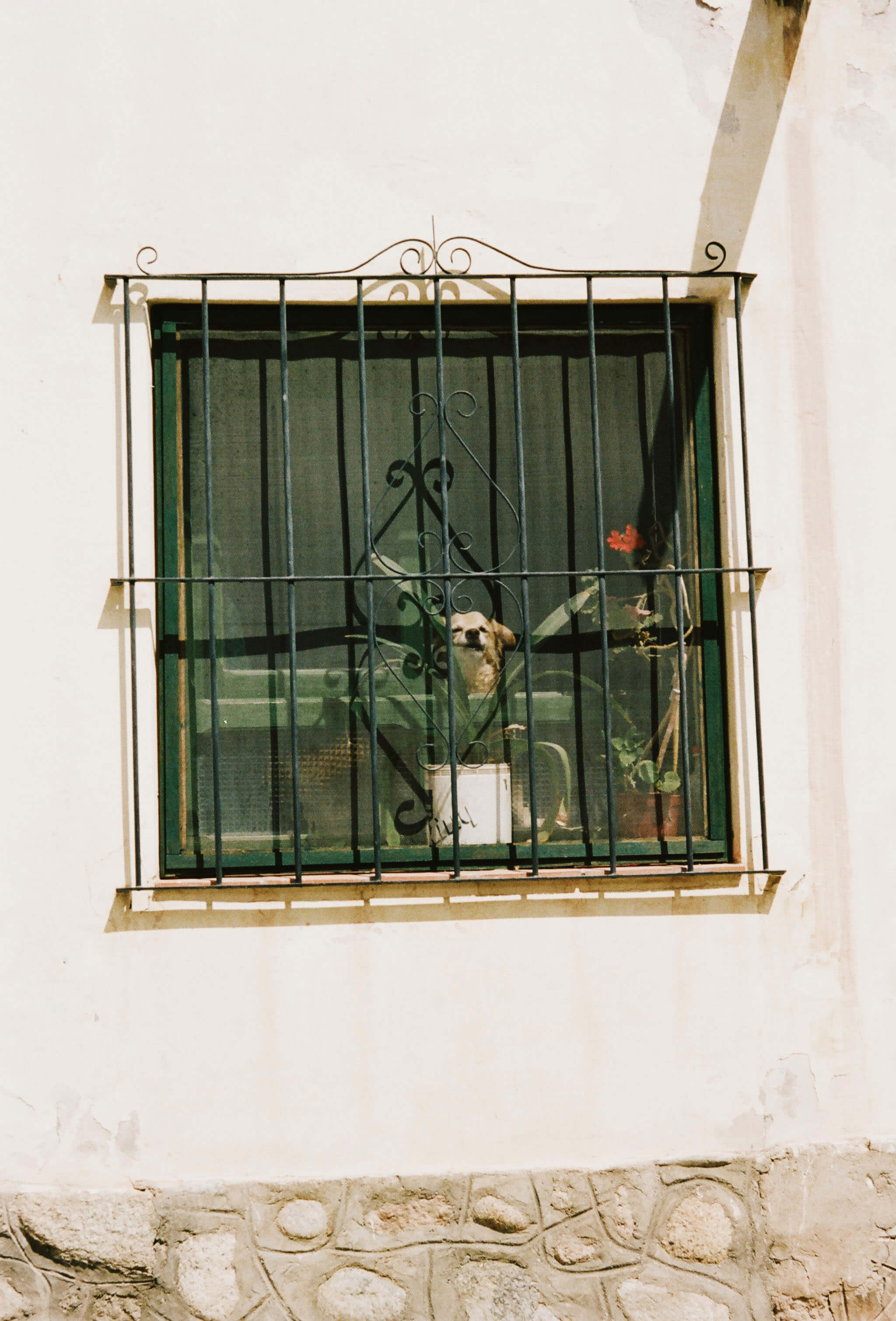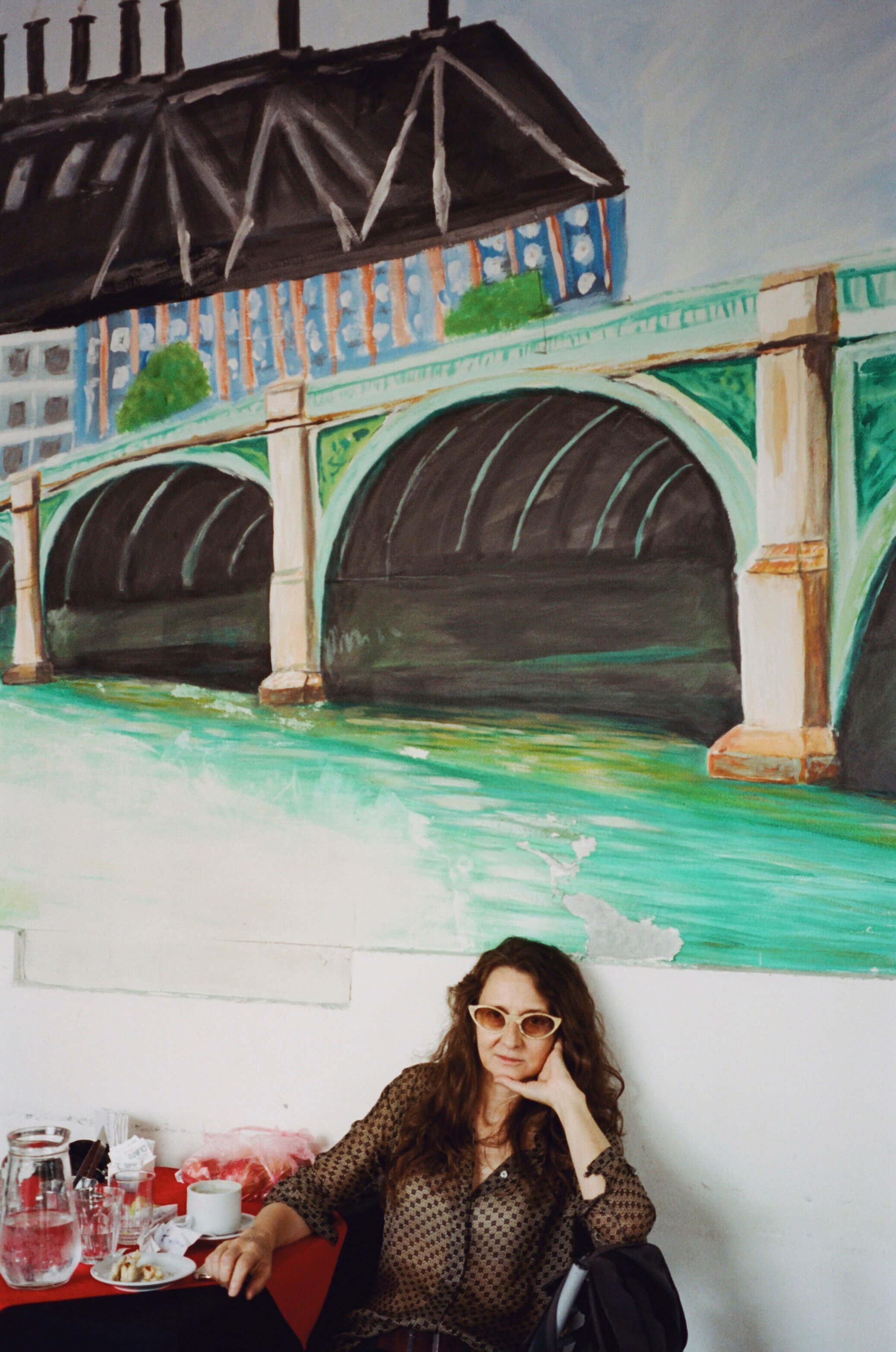
I was meant to meet filmmaker Lucrecia Martel at her favourite Bolivian restaurant in Salta for lunch on her birthday but at 11am I got a message from her postponing our interview. We wouldn’t have the peanut soup speciality she would later tell me about. Instead, she asked me to meet her at Big Ben, a café/restaurant named after London’s famous clock tower. “Classic Argentina”, she told me. Still hung up on Europe.
Born and raised in the north-western province of Salta — the setting of three out of her four films — Martel came to international prominence in 2001 with her first feature La Ciénaga, a deeply impressionistic account of a bourgeois family falling apart. Martel’s astonishing debut helped launch the influential New Argentine Cinema and introduced the social themes, feminist framework, and aesthetic sensibilities that would come to define her oeuvre.
Her latest film Zama, heralded by critics as the best film of 2018, is a period drama set in eighteenth-century colonial Latin America that will hypnotize you, as it did me. Her films are windows into Argentina’s existential queries. They stay with you and are a must if you want to truly understand what lies beyond the surface of Salta, “La Linda”.
Lisa Rovner: You claim that your disjointed narratives are partly inspired by the northern Argentine habit of meandering talk.
Lucrecia Martel: There is something you will notice about the North if you keep travelling around here: the people here really like to talk. Conversations run long, just for the pleasure of it. It’s part of the culture. When I’m in Salta, every night I go to sleep at three, four in the morning. I stay up late and talk and talk with my siblings. We don’t always talk about important things, often times we do, but more than anything we just talk, laugh. It’s such pleasure for everyone, how the voices sound. My family, my grandmother, my mother, my father all took great pleasure in telling stories, in inventing, that was the culture I grew up in. My ideas for films never come from images, they come from conversations, sounds, maybe a scene, but never an image.
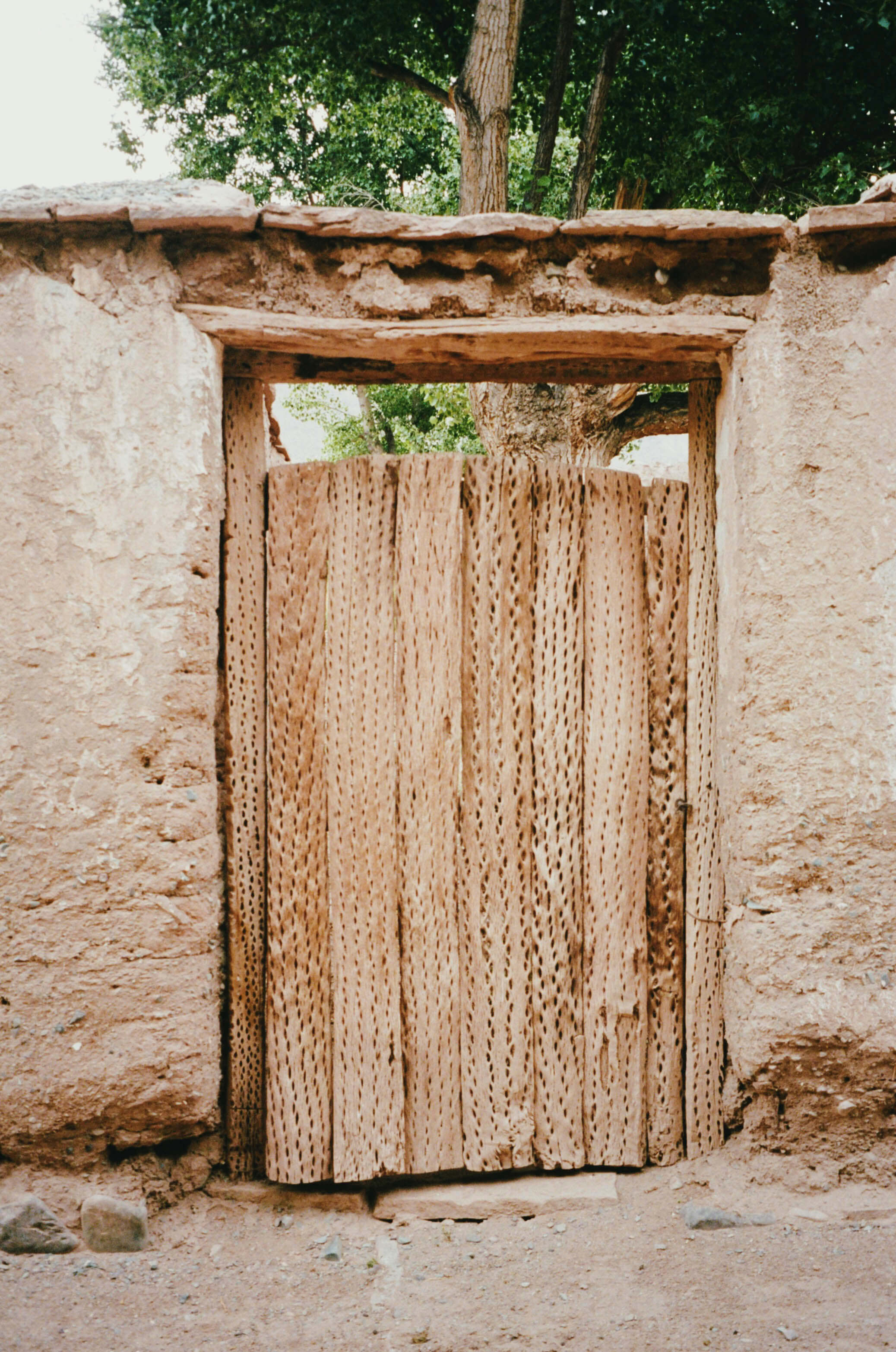
LR: Do you live here in Salta?
LM: I am here as much as I can be. My life and my work happen elsewhere but I love being here. I always say that in Salta I have an idea every three minutes, compared to Buenos Aires where I have an idea every two days. Outside of Argentina I have no ideas at all. There are people that feel stimulated when they travel. I travel a lot because my work forces me to do so, but I feel most stimulated here. I don’t know why, maybe because I know this place? I always start writing here in Salta. It’s the place where my desire to write arises.
LR: Your filmmaking begins with a VHS camera your dad brings home for the family…
LM: My dad bought a VHS camera but it wasn’t a camera that you could move around with, it was a camera that was fixed because it was very heavy. So naturally what happened was that a lot of what I was filming was out of frame. Because I could not move it many of the situations I was filming were off screen. And from that I understood that cinema is not only what is visible, what is in the shot, but also includes everything that is outside the frame.
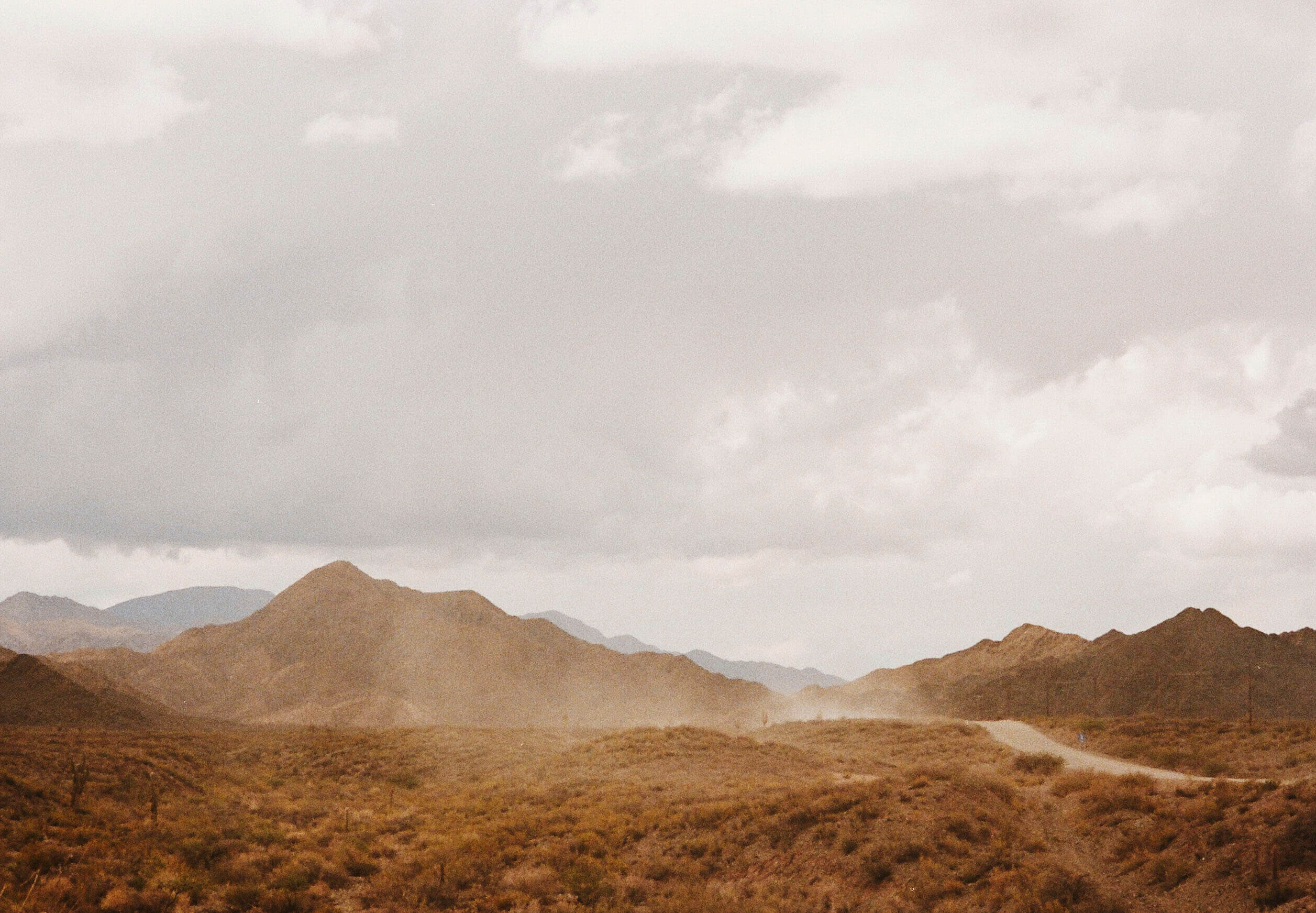
LR: You were a child during the repressive military dictatorship (1976-1983). How did this influence your filmmaking?
LM: As children, we didn’t have a political awareness of the conflict, but we sensed the fear. And when that fear is something you feel all the time, in the city, in the streets, in your house, and you don’t know why, it leaves a mark. I think that in some way, this experience is present in everything I do.
In my teenage years, things became clearer. The effect on my generation was that it created great disbelief in what was being said publicly. We didn’t trust the TV or the newspapers. The New Argentine Cinema was born out of this mistrust. My generation felt a need to return to telling everyday stories, stories about families from the neighborhood, and often with non-actors. Using more colloquial language from the streets was our way of breaking free from the suspicious relationship we had with language.
I’m interested in characters that are outside the bounds of power. Domestic spaces are the perfect setting to witness power dynamics. Social classes coexist in the home, whites who deny the existence of the indigenous people live together with them. The microdynamics of power in the home naturally reflect many things and many aspects of the country. But I don’t see the home as a metaphor of the country. I never work with the idea of this as a metaphor for that.
LR: Do you think of yourself as making political films, as being a political filmmaker?
LM: Yes. I started making films because I wanted to participate politically in the life of my city, of my community, and maybe because of the experience of having lived through the dictatorship, it was impossible for me to think of that in terms of political activism. Filmmaking is my way of expressing my commitment to the community. And although this is never addressed directly in my films, for me it’s always present.
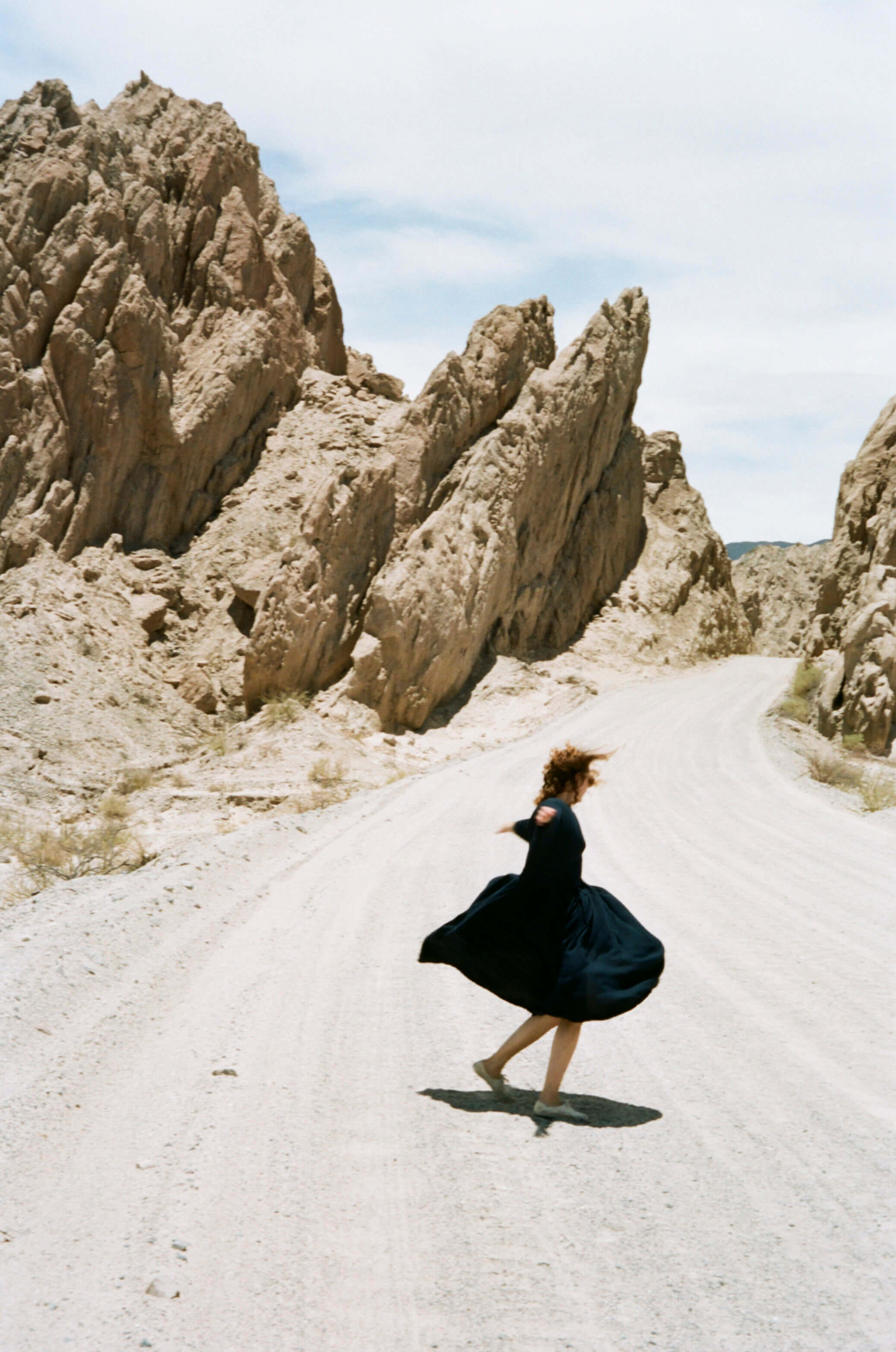
LR: The sound in your films makes me want to listen… I think of listening as activism, do you?
LM: Absolutely. Everything that has to do with sound is an echo of resistance to a world that’s becoming more and more organized by the visual image. I’m not sure why, but culturally, the image is a form of domination. Think of security cameras, to see is to control. But when you want to know what’s really going on you need to listen. While vision is power, domination of the world, sound is more of a passive position, one with respect for the world. Perhaps a more feminine position.
LR: You talk about how being a female filmmaker has its advantages because we have training in failure, in managing frustration.
LM: That’s right, I think that generaly speaking this has made us stronger. Women can handle things not working out. A man breaks down, a woman knows it’s bound to happen. So, for me, that has made us wiser and stronger.
After the dictatorship Maria Luisa Bemberg made a very successful film, produced by Lita Stantic, about a girl in the nineteenth century who falls in love with a priest, so I never thought the sector would be difficult for me to get into. I grew up thinking that filmmaking was a woman’s activity, a woman’s job, a woman’s world.
Feminism in Argentina has existed for a long time but is no longer only represented by intellectuals and visionaries, it’s become a very strong popular movement. It’s transversal to all political parties and includes all social classes. What is curious about this, is that there is no other political expression as heterogeneous in terms of social classes than what is happening with this movement. I cannot say how this will evolve but for now, for a lot of people, this women’s movement is potent and transforming. It’s really incredible, especially because what happened in Argentina has been echoed in countries like Brazil, Bolivia and Chile.
LR: Let’s come back to Salta. We are headed to Cafayate tomorrow: where’s your favourite place in the province?
LM: I love the Calchaquí valleys, every corner of it. Salta has many different parts. But for me the most beautiful place is along route 68 from Cafayate to Cachi. The landscape of La Quebrada de la Flecha is extraordinary. It’s like being on another planet. And the light, the light changes the landscape. Every time I’m in Salta I go there because I love it.
You know what you have to do? Buy a cassette or download Mariana Carrizo’s album, she’s one of Salta’s most famous musicians, a friend of mine and a great feminist. She comes from a traditional indigenous culture, born really close to Quebrada de la Flecha. Listen to her Obras de Sangre. …
Try to have those recordings in the car when you go down that road, you’ll see how everything comes together. And another important thing is the James Turrell museum. Really incredible, if you can make it there. And the small towns. Take water with you, make stops and get out of the car to see how the light changes the landscape.
